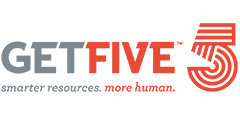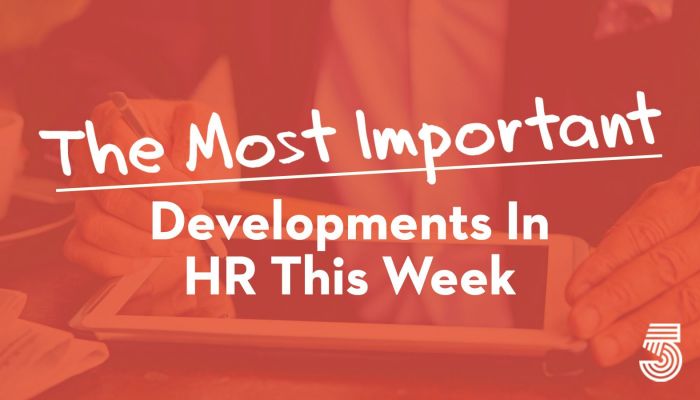The M.I.D., as we call it, is curated by our editorial team from more than 50 news sources. Like a lot of good ideas, this started as something I wanted for myself. If I can’t read everything, I at least want to stay abreast of the most important developments.
This week in HR, The Economist pondered the right way to lay people off, Berkeley offered a new class in how bosses should deliver bad news, remote jobs seemed to be declining, employees wanted more benefits, and it is still hard to look away from Twitter. 
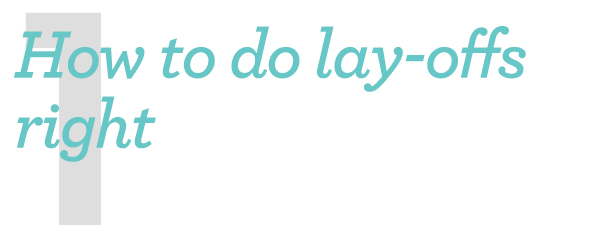
The people who suffer most from lay-offs are those who lose their jobs. But the colleagues who are left behind also endure lasting consequences. Some suffer a form of survivors’ guilt. Others must grapple with the practicalities of replacing departed workers and with the stress of heightened job insecurity: if the axe has fallen once, it may do so again. The results can be depressed morale, lower productivity, and unexpected costs. Research conducted in 2008 at the University of Wisconsin-Madison found that, for an average company, downsizing the workforce by 1% was associated with a 31% increase in voluntary turnover rates. To keep survivors motivated, managers need to get three things right. The first imperative is to appear fair. If decision-making about who gets the chop appears capricious, then managers will also fail to achieve their second goal: to assure survivors that they don’t need to start looking for a new role, too. The third area of focus is workload. Downsizing has a greater chance of succeeding if the burden on remaining employees does not spike. The Economist

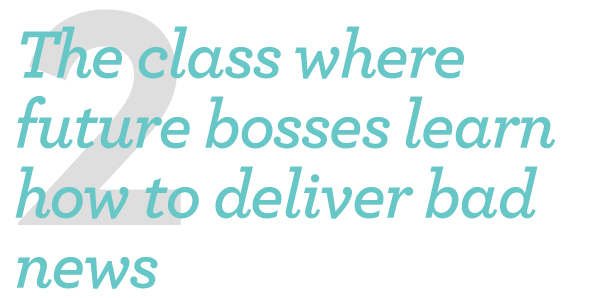
A new business-school course at the University of California, Berkeley promises to teach the delicate art of having tough conversations. As M.B.A. programs train the next generation of bosses, lessons in improving interpersonal skills, emotional awareness, and even happiness have become core parts of the curriculum. Few, though, have focused so squarely on how to deliver difficult feedback or navigate a work clash. Berkeley’s Haas School of Business introduced its “Difficult Conversations: Conflict Lab” course this fall with 30 enrollees and a wait list. It is a timely offering as some company leaders take heat for their delivery of bad news — from Elon Musk’s ultimatums at Twitter Inc. to Better.com’s mass firings over Zoom last year. Over the term, students have practiced navigating office politics between warring managers, responding to a harsh review from a boss, and saying no to unwanted workplace assignments. WSJ
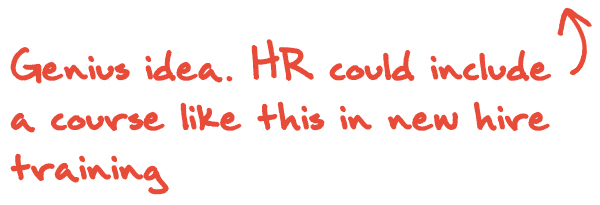
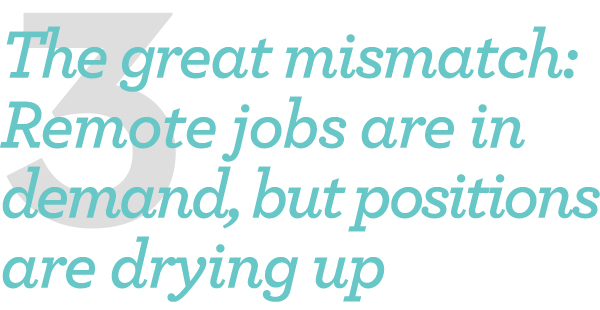
Nearly three years into a pandemic that reshaped workplace norms and put the balance of power squarely in the hands of employees, the tides are shifting again. The job market — although still hot — is slowing, and many Americans who had been working from home are being called back into the office. That has led to a tug-of-war between what employees want and what employers are willing to give them. Wage increases are plateauing, signing bonuses are cooling off, and fewer companies are allowing people to work from home than they did even a few months ago. Demand for remote jobs remains near all-time highs, even as companies roll back telework positions. Fifty percent of job applications submitted on LinkedIn are for work-from-home positions, which make up just 15% of listings, according to a recent report from the jobs site. The Washington Post
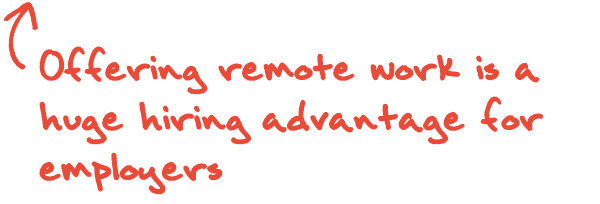

Fueled by shrinking dollars and an eagerness to protect themselves against financial fragilities, employees are more interested in adding voluntary products to their mix of benefits in the coming year. New research from financial services firm Voya finds that 63% of employees indicate that they are likely to participate in voluntary benefits offered by their employers — such as critical illness, hospital indemnity, disability income, and accident insurance. That’s up from a year ago when 45% said they were interested. Interest is even greater among employees with children at home (76%), which is up from 52% last year. “Most Americans don’t have to look very far to see the financial impacts of inflation,” says Andrew Frend, senior vice president of product and strategy for Voya’s health solutions business. “Add to the mix the fears of a looming recession, and Americans are looking for some relief to help stretch every hard-earned dollar.” HRE

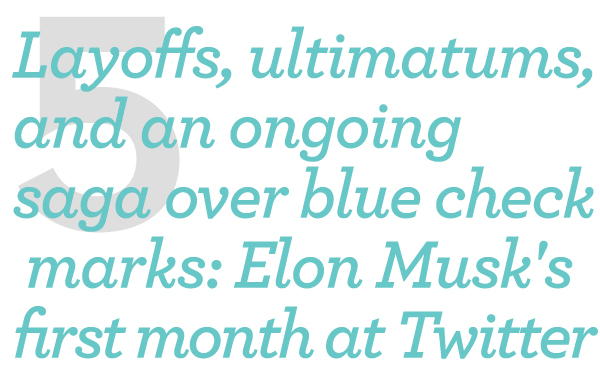
Sunday officially marks one month since the world’s richest man took the helm at Twitter. In that time, Elon Musk initiated mass layoffs and gave remaining staffers a cryptic ultimatum, reinstated the accounts of controversial figures including former President Donald Trump, and launched – then punted – a plan to charge for Twitter’s iconic blue checkmarks. Almost immediately after Musk completed his drama-plagued $44 billion deal to buy Twitter, he fired former CEO Parag Agrawal and other executives. He then made himself the CEO and sole director of the platform, per a securities filing. The dramatic leadership shakeup, however, was only the first taste of the major staffing overhaul to come. Musk began wide-ranging layoffs across the company, reducing its overall headcount by roughly 50% in the span of a couple of days. The layoffs impacted departments including ethical AI, marketing and communication, search, public policy, and more. As the workers said goodbye to their colleagues online (many sharing blue hearts and salute emojis to signal they had lost their jobs at Twitter), Musk remained largely silent, at least on the job cuts. CNN





